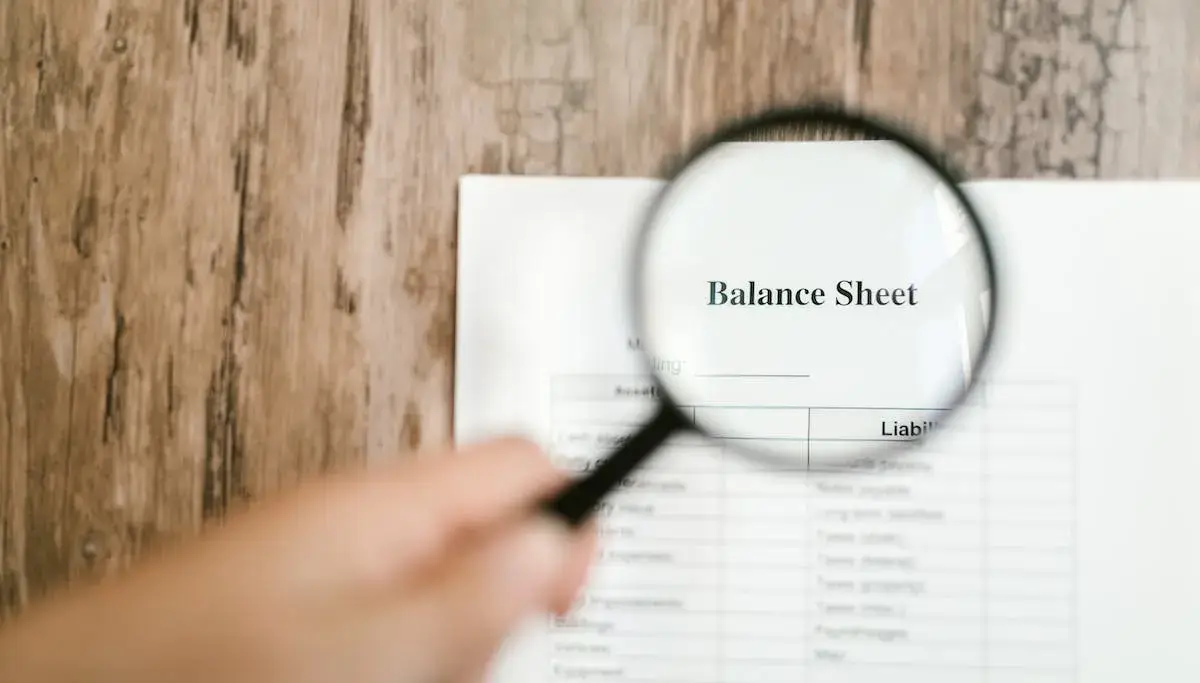
What Is an Asset? Current Assets vs Fixed Assets
In finance and accounting, knowing assets is key to running and measuring a business. An asset is something a business owns that has value and will give something in the future. It’s part of a company’s balance sheet and is split into two: current assets and fixed assets. Here’s what that means.
What Is an Asset?
Before we get into the details of assets, let’s define what an asset is. An asset is anything of value a business owns, controls or has access to and will give economically in the future. It can be cash, investments, inventory, property or equipment. It’s all that and more for a business and part of its financial health and wealth.
Types of Assets
Assets are grouped into categories by liquidity, usage and duration. There are two: current assets and fixed assets.
1. Current Assets
Cash or assets that can be converted into cash within one year. Current assets include cash, cash equivalents, account receivable, inventories, marketable securities, prepaid expenses such as rent and insurance, and other liquid assets. These assets are used for day to day business operations and are critical for liquidity. Examples of current assets include:
- Cash and Cash Equivalents: Physical cash, bank balances and other liquid investments that can be easily converted into cash.
- Accounts Receivable: Money owed to the company by its customers for goods or services delivered on credit. Accounts receivable are expected to be collected within a short period.
- Inventory: Goods and materials held for sale to customers. Inventory includes raw materials, work in progress and finished goods.
- Prepaid Expenses: Payments made in advance for goods or services to be received in the future. Examples include prepaid rent, insurance and other operating expenses.
- Marketable Securities: Short-term investments that can be easily converted into cash, such as stocks, bonds and other financial instruments.
2. Fixed Assets
Fixed assets are tangible items that a company owns and uses in its business to generate long-term income. These assets can’t immediately be turned into cash, but are physical assets that are used in the operations of a business such as land, machinery, vehicles, buildings, equipment, etc.
Fixed assets, also long-term assets or non-current assets, are assets that will give economic benefits to a company for more than one year. They are used in the business to produce goods and services and not for resale. Here are some examples of fixed assets:
- Property, Plant and Equipment (PP&E): Tangible things like land, buildings, machines, cars and tools of trade.
- Intangibles: Non-physical things of value because of intellectual property or legal rights. Patents, trademarks, copyrights and goodwill.
- Long-term Investments: Investments in other companies or financial instruments to be held for more than one year. Stocks, bonds and property.
- Natural Resources: Oil, minerals, timber – things extracted from the ground and of value.
Fixed assets are for long-term business and are key to making money and growing the company. Fixed asset management is maintenance, valuation and depreciation to show their true value on the balance sheet.
SEE ALSO: What is an Interest Rate?
Final Words
In short, assets are key to a company’s health and efficiency. By understanding the difference between current assets and fixed assets businesses can manage their resources better, make better financial decisions and be successful in the long term. Whether you are a business owner, investor or financial professional a good understanding of what an asset is and the different types of assets will help you navigate the world of finance and accounting.